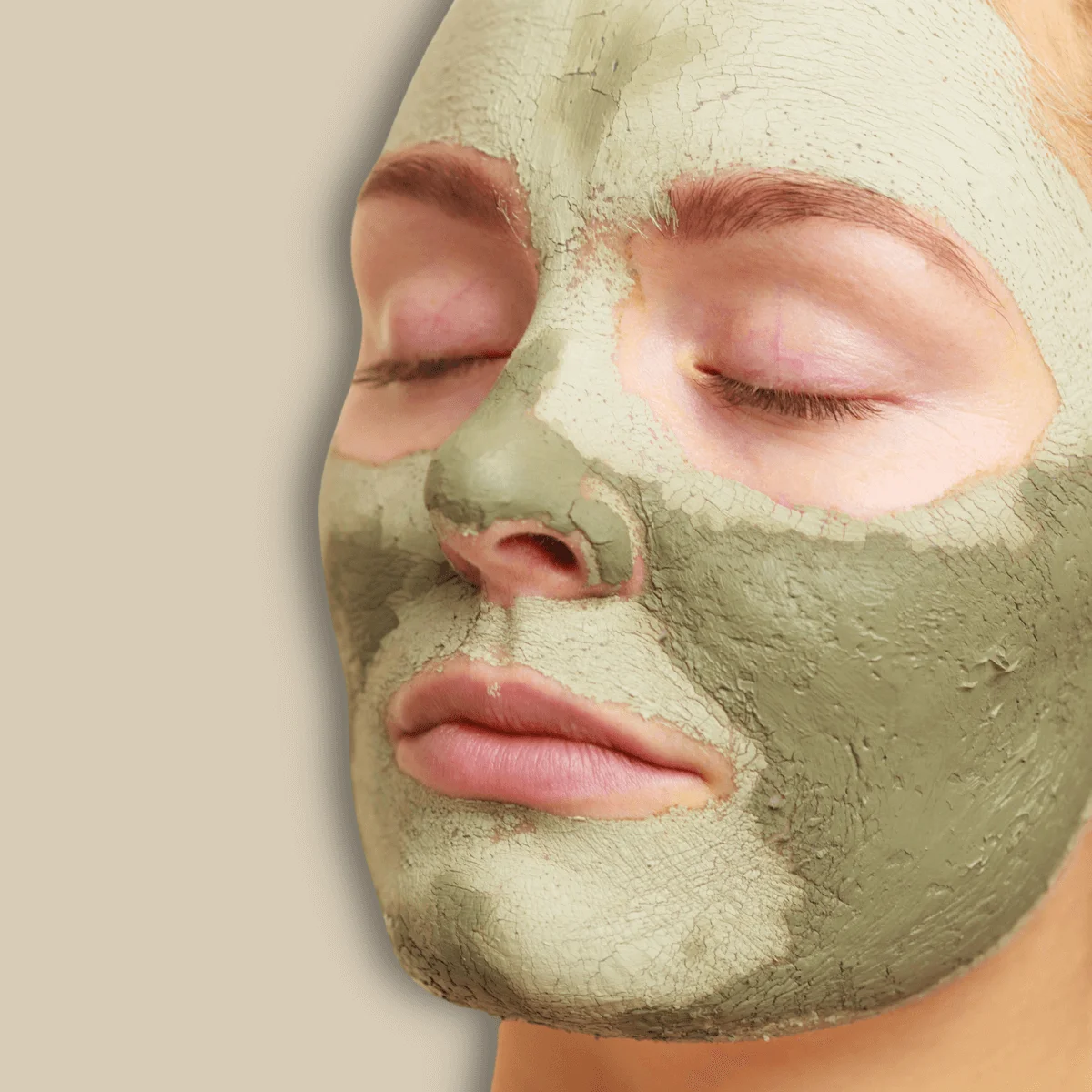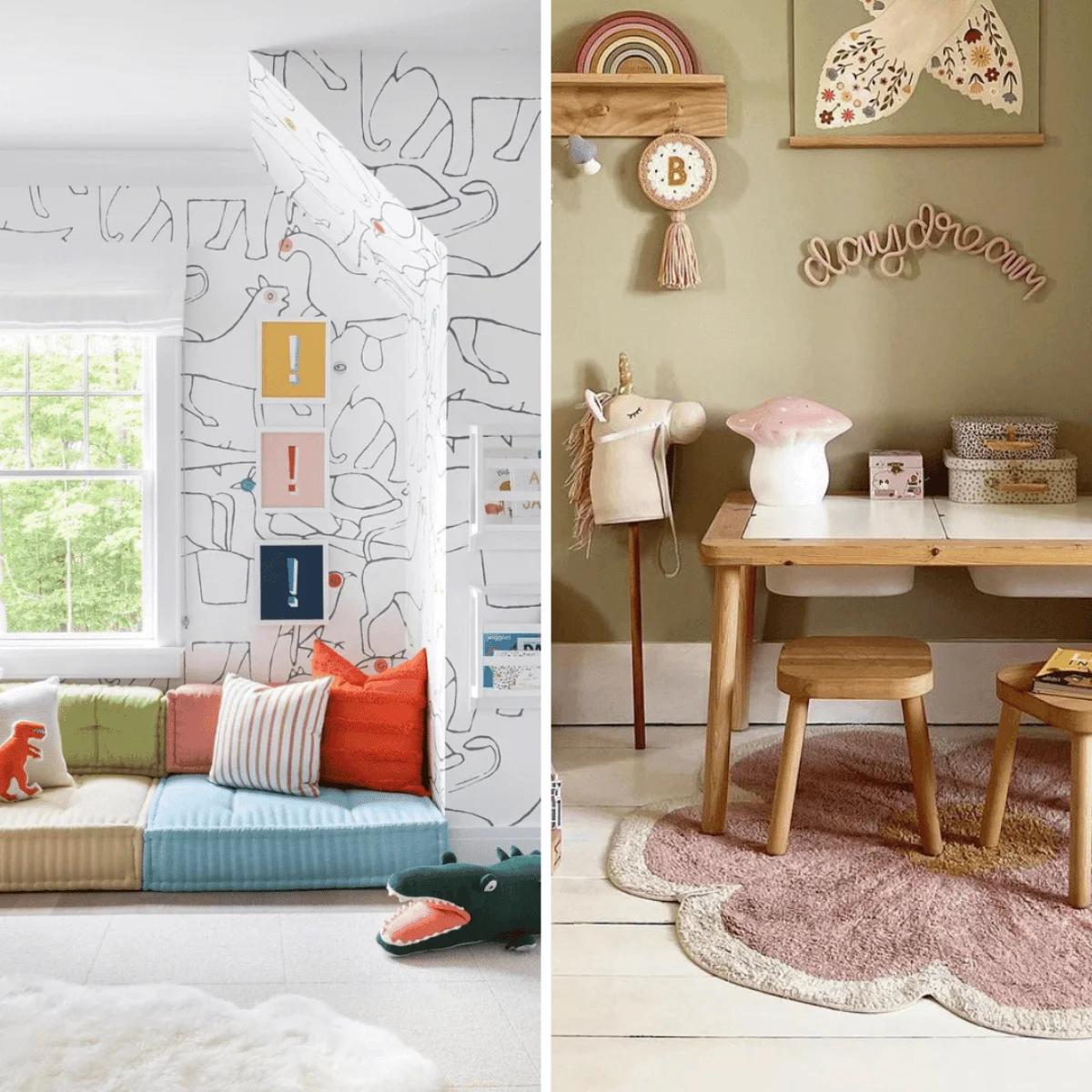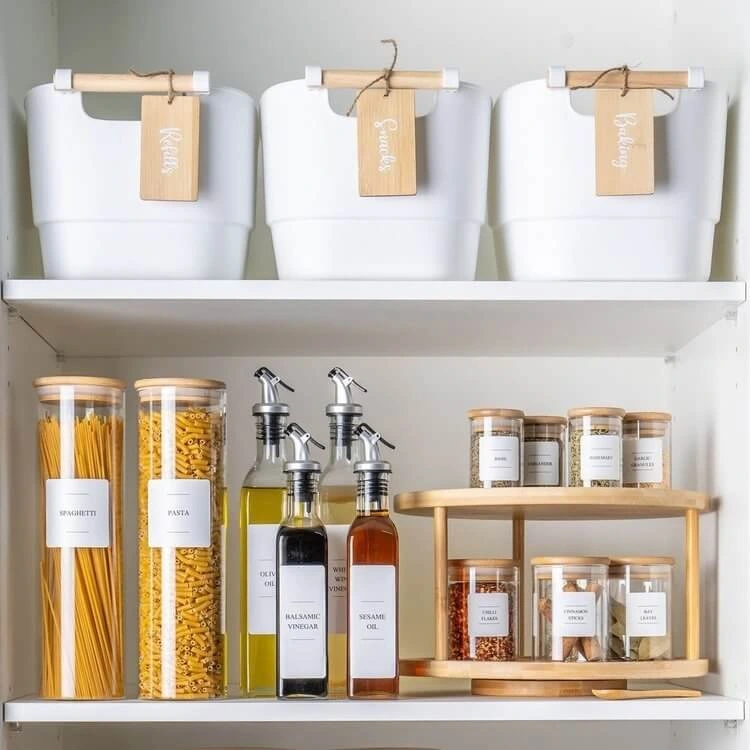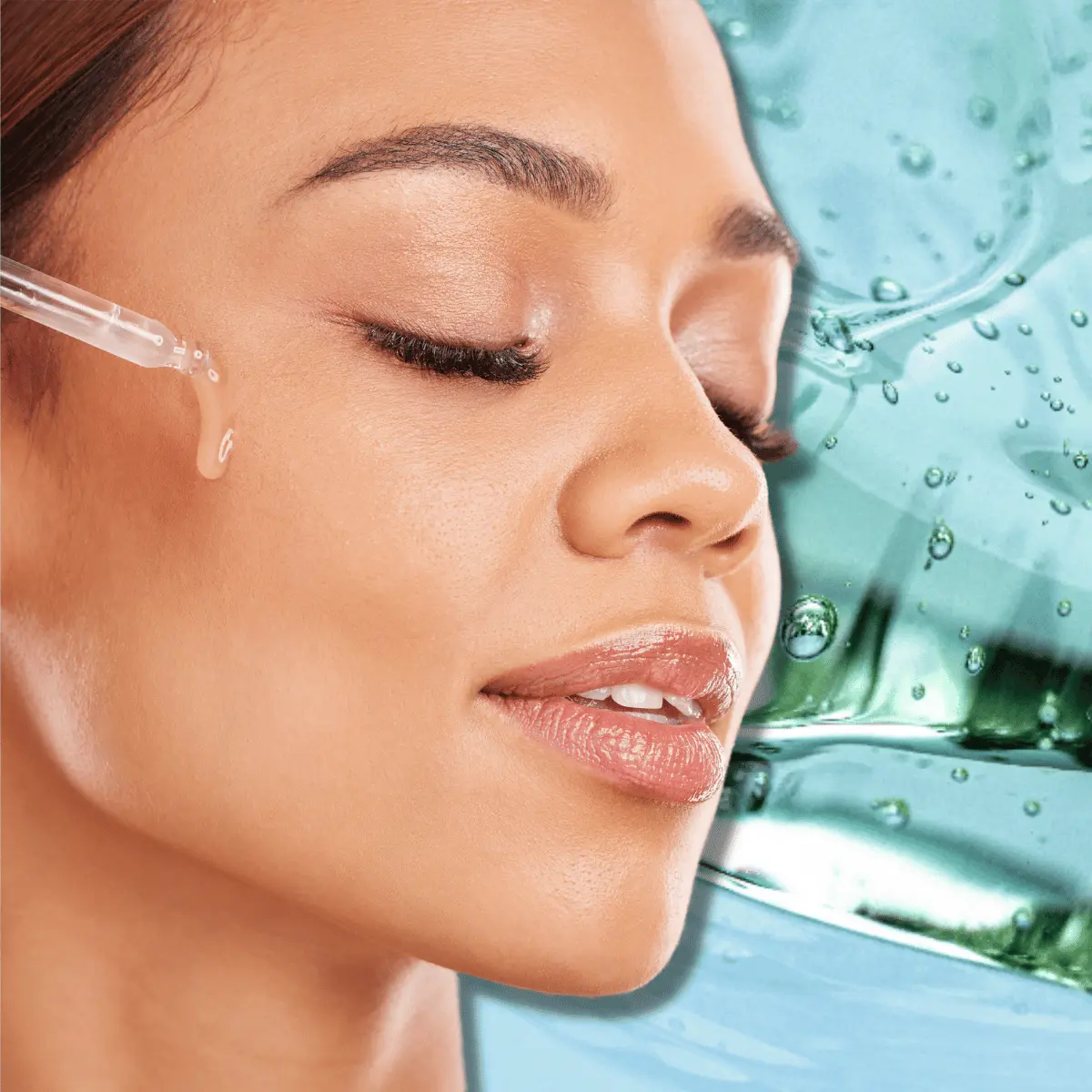Love Bows On Clothes? Here’s 8 TSD Favourites

I have a soft spot for bows. Big, small, subtly placed, or boldly front and centre—bows on clothes make every outfit feel like a gift waiting to be unwrapped. Some

I have a soft spot for bows. Big, small, subtly placed, or boldly front and centre—bows on clothes make every outfit feel like a gift waiting to be unwrapped. Some

Looking for brighter, more even skin? Meet kojic acid, a naturally derived ingredient that’s quickly gaining popularity as a safer alternative to traditional skin lighteners like hydroquinone. In this post,

8 Aloe Vera Face Mask Recipes Ingredients Preparation Benefits for the Skin This mask is the epitome of calm. Cucumbers’ high water content provides a moisture surge, while aloe vera

Let’s talk about something that often goes unnoticed but plays a crucial role in our lives – feminine energy. In the big picture of human energy, it’s like a quiet

Designing a bedroom for your toddler is an exciting and important process. It’s a space where your little one will play, learn, and rest, so creating a safe environment is

If your kitchen has turned into a land of overflowing kitchen cupboards that can often seem like Pandora’s Box, we’ve got you! From that unused bread maker at the back

As a self-proclaimed plant enthusiast, I know just how essential it is to organise and showcase your beloved houseplants in a way that highlights their natural beauty and beautifully complements

While you’ve been busy perfecting that dewy glow and mastering the art of the cat eye, there’s a skincare sensation you might’ve scrolled past – a lip mask, the secret

Are you striving to defy your oily skin woes and manifest the coveted Korean dewy skin look? Or perhaps you’re aiming for that naturally radiant, ‘just stepped out of a

Salicylic acid, a popular component in skincare products, is well-known for its exceptional ability to transform your skin. From reducing acne and blackheads to treating warts and psoriasis, salicylic acid